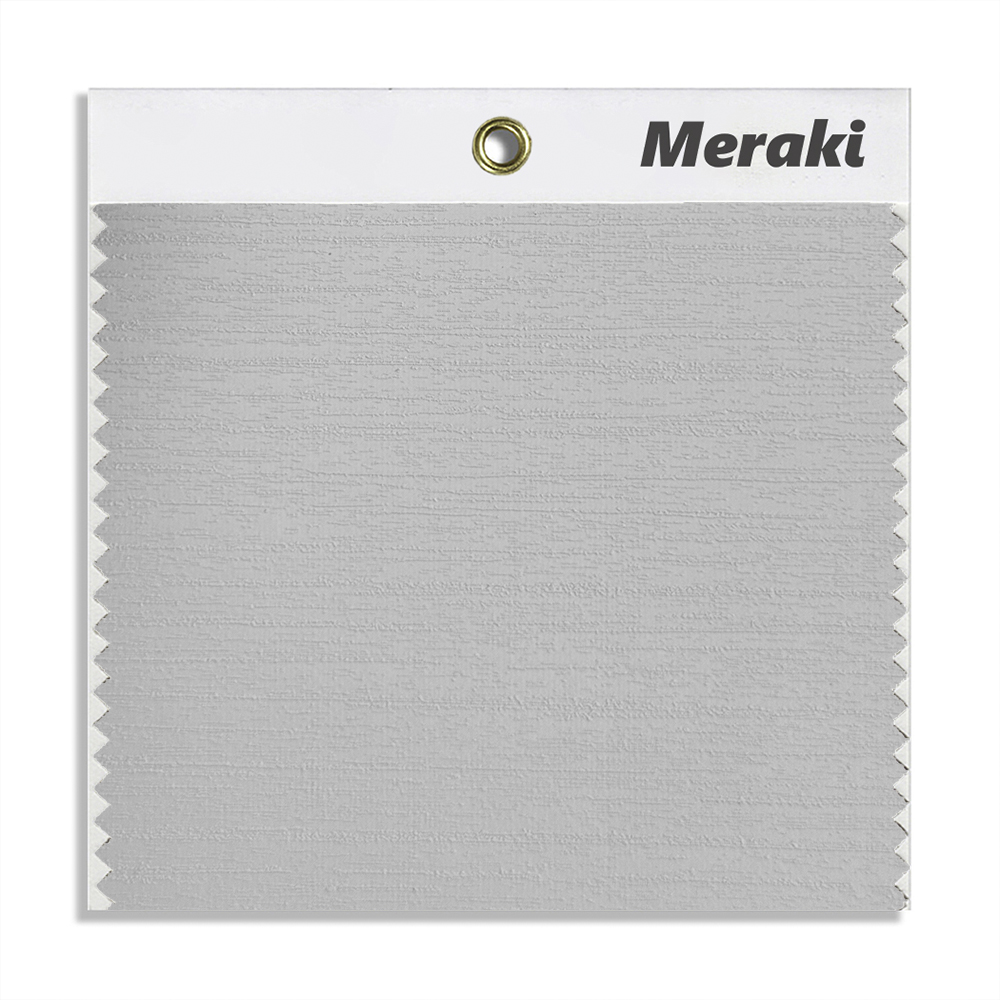Introduction to Wallcovering Printing Techniques
The wallcovering industry employs a variety of printing techniques, each with its own set of characteristics. Various methods include direct textile printing, digital printing, screen printing, gravure printing, and flexographic printing. Each technique involves distinct processes and outcomes that influence the final quality and application suitability of wallcoverings. Understanding these techniques is crucial for manufacturers, factories, and exporters who need to make informed decisions about their production methods.
Direct Textile Printing Methodology
Process Overview
Direct textile printing involves applying colored inks directly onto the fabric substrate, allowing for intricate designs and vibrant colors. It is often used for custom prints and short runs due to its flexibility and precision.
Advantages
This method provides high-quality results, with a wide color gamut and excellent detail reproduction. It allows manufacturers to produce vibrant and complex patterns that meet specific design requirements.
Digital Printing in Wallcoverings
Technology and Techniques
Digital printing uses computer-based designs transferred onto wallcoverings through inkjet or laser printers. This method is ideal for detailed imagery and personalization.
Quality Considerations
Digital printing offers high-resolution output and vivid color options, providing flexibility for customized designs. Exporters favor this method due to its rapid turnaround and reduced waste compared to traditional methods.
Quality Aspects of Direct Textile Printing
Color Accuracy and Consistency
Direct textile printing excels in reproducing sharp and consistent colors across large areas, making it suitable for bespoke projects requiring precision.
Durability and Texture
The inks used in direct textile printing penetrate the fabric, enhancing durability and maintaining texture, which is a significant advantage over surface printing techniques.
Screen Printing for Wallcoverings
Traditional Methods
Screen printing is a manual technique involving stencils to apply ink through mesh screens onto the substrate, suitable for thick and opaque layers.
Comparative Analysis
While screen printing can offer vibrant colors and durability, the process is more labor-intensive and less suitable for detailed imagery compared to direct textile printing.
Gravure Printing in Wallcoverings
Printing Process
Gravure printing uses engraved cylinders to transfer ink onto the substrate, known for producing consistent high-quality images on large scales.
Economic and Quality Factors
Although cost-effective for large runs, gravure may not offer the same level of detail and customization possible with direct textile printing, limiting its use for bespoke projects.
Flexographic Printing and Its Limitations
Mechanism and Application
Flexographic printing is a versatile, high-speed process using flexible plates for transferring ink, often used for high-volume runs.
Challenges in Quality
While suitable for bulk production, flexography may lack the precision and vibrant color range of direct textile printing, particularly for intricate designs.
Environmental Impact of Different Printing Methods
Sustainability Concerns
Direct textile printing is often more environmentally friendly, using water-based inks and reducing waste compared to some traditional methods.
Comparative Impact
Manufacturers are increasingly considering the environmental footprint of their production methods, and many find direct textile printing to be a more sustainable choice.
Cost and Scalability Considerations
Economies of Scale
Direct textile printing might incur higher costs per unit for large volumes, yet it is ideal for custom and short runs. Factories must evaluate their specific needs when choosing printing techniques.
Investment and ROI
Although initial investments in direct textile printing equipment may be considerable, its flexibility and high-quality output can offer a significant return on investment for manufacturers and exporters targeting niche markets.
Conclusion: Choosing the Right Method
Selecting the appropriate wallcovering printing method involves balancing quality, cost, and environmental impact. Direct textile printing stands out for its superior quality in color accuracy and customization, making it a preferred choice for bespoke projects. However, for high-volume production, other methods may offer cost advantages. Therefore, manufacturers and exporters must align their choice of printing techniques with their target market and production goals.
Meraki Provide Solutions
Meraki offers comprehensive printing solutions tailored to the specific needs of manufacturers and exporters in the wallcovering industry. By leveraging state-of-the-art direct textile printing technology, we ensure high-quality outputs with intricate details and vibrant colors, all while maintaining a commitment to sustainability. Our solutions are scalable to meet the demands of both custom and large-scale projects, providing flexibility and efficiency to help your business thrive in a competitive market.
User hot search: direct textile printing Wallcovering
Post time: 2025-09-27 21:34:08


